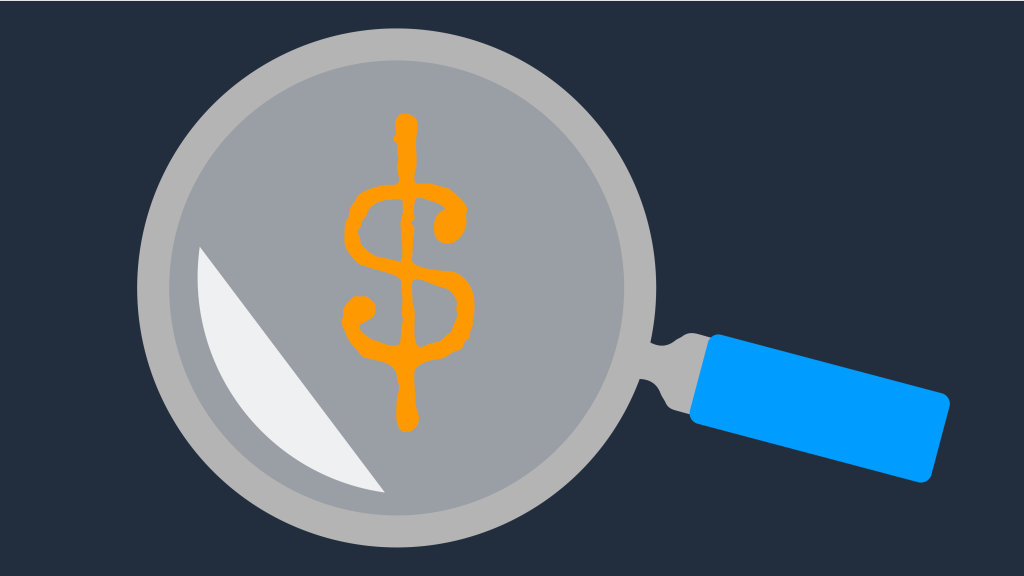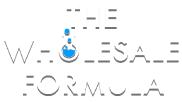
Dan’s note: When we first started our Amazon business in 2011, we had a button in our seller central account that we could hit at any time and Amazon would deposit any earnings we had directly into our bank account. This was EXTREMELY useful in the early days of our business because we were strapped for cash and had very little credit to access. This is back when we used to do retail arbitrage, but effectively, we were cashing out every day to get more money to immediately spend and buy new products with. Without a doubt, it helped us grow faster. These days, Amazon no longer has this feature, and they payout every 2 weeks.
Today, we have a special guest blog from Payability, a company that provides a daily payout solution for Amazon sellers like we used to have.
How quickly do you move your inventory? Do you find yourself sitting on surplus product? Have you experienced an Amazon stockout? To ensure you’re maximizing your business’ growth, you should be asking yourself these questions on a regular basis and taking steps to move more product more quickly, without running out of stock.
To do this efficiently, you need a sound inventory management strategy. One that tells you how much product to sell at a time, what price to sell it for, and how/when to resupply. Get started with this 3-part guide to maximizing inventory turn:
Part One: Product & Pricing
First and foremost, you need a product that is in demand and sells well. To make sure you’re selling the right thing, check out Amazon’s scanner app which allows you to look up a product’s selling and price history on Amazon. For added certainty, there are third-party services like JungleScout that research the selling history for you.
After you find a sellable product, you’ll want to optimize price to maximize your ROI. This means getting the lowest possible price from suppliers AND setting a selling price that wins you the Buy Box and increases your margins.
For your sourcing price, get competing quotes from different suppliers to see who will give you the best deal. For your selling price, look at Amazon’s pricing history for your product or consider a re-pricer tool like Camelcamelcamel.com or RepricerExpress for help.
Part Two: Sales Velocity
The product and pricing strategy is not just a set it and forget it thing — like any retailer or Amazon seller will agree, you’ll have to plan for your inevitable busy and slow periods. Otherwise, you may go out of stock during a busy season or have too much inventory during a slow season.
To plan for these retail ebbs and flows, you’ll need to understand your sales cycles and sales velocity which tell you how much inventory you’ll turn in a given time, how much to have in stock, and how much and how often to re-order.
Depending on how long you’ve been in business, you can gauge your sales velocity by looking at your sales reports over the last year, checking the Amazon selling history of your product, monitoring your inventory reports in Seller Central, or using a third-party inventory management tool like Teikametrics.
Pro Tip: Understanding your sales velocity will help streamline the re-order process with your suppliers, which will help you turn inventory even faster. After all, knowing when and how much you’ll need to order will let you plan ahead better with them and work around their own production times.
Part Three: Cash Flow
The third pillar of your inventory management strategy is cash flow. Without a reliable source of cash, it will be difficult to cover things like last-minute or increased inventory orders. This means you won’t be able to turn inventory in an efficient manner.
For Amazon sellers, cash flow can be pretty elusive. When you have to wait at least two weeks for your income, it’s nearly impossible to build up the cash reserves you need to buy more inventory and cover other business expenses.
What if we told you, you don’t have to wait those two weeks for your income? In fact, there’s a solution for high growth Amazon sellers like you. Payability allows Amazon sellers to bypass Amazon’s two-week payment terms and get paid every day. Here’s how it works: They advance sellers 80% of their earnings every business day. The remaining 20% stays in a reserve to cover returns and chargebacks and is released to the seller on Amazon’s regular 14-day payment terms minus their 2% flat fee on gross sales. With daily cash flow, sellers can reinvest in more inventory and scale their businesses faster. In order to put even more cash in sellers’ pockets, Payability recently introduced a loyalty program that rewards customers with higher advance rates and lower fees over time.
See how one Amazon seller uses Payability to turn more inventory or learn more about how Payability can help your business at Payability.com. Anyone referred by The Wholesale Formula who signs up will receive a $200 credit.

Victoria Sullivan is a Marketing Manager at Payability. She has over eight years of social media, copywriting, and marketing experience. Prior to joining the Payability team, Victoria developed social media content and strategies for top technology brands such as Skype and Samsung. She holds a degree in Advertising from Syracuse University’s S.I. Newhouse School of Public Communications. She can often be found in a yoga class or working on her fashion blog.
